World 🢖 Europe 🢖 Portugal 🢖 Azores
Ancient and prehistoric shrines 🢔 Religious architecture 🢔 Archaeological wonders 🢔 Categories of wonders
Wonder
Monte Brasil “Phoenician sanctuaries”
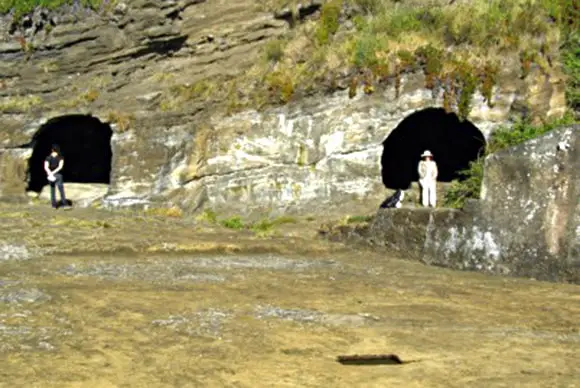
 In short
In short
There are several small rock-cut chambers – so called Monte Brasil "Phoenician sanctuaries" – near the beautiful Renaissance town Angra do Heroísmo. Their origin is not entirely clear but some scientists consider that these are burials and temples made by ancient Phoenicians in the 4th century BC – long before the discovery of Azores by Portuguese.
 37.6%
37.6%
GPS coordinates
Location, address
Name in Portuguese
Age
Culture
UNESCO World Heritage status
Map of the site
If you see this after your page is loaded completely, leafletJS files are missing.
 In detail
In detail
Mount Brasil
Near the center of the beautiful Angra do Heroísmo town is located 205 m tall volcanic cone, rising from the Atlantic ocean. This tuff volcano – Monte Brasil – is connected to the mainland with a narrow isthmus and most of it is covered with forest. The last volcanic activity took place here some 23 thousand years ago.
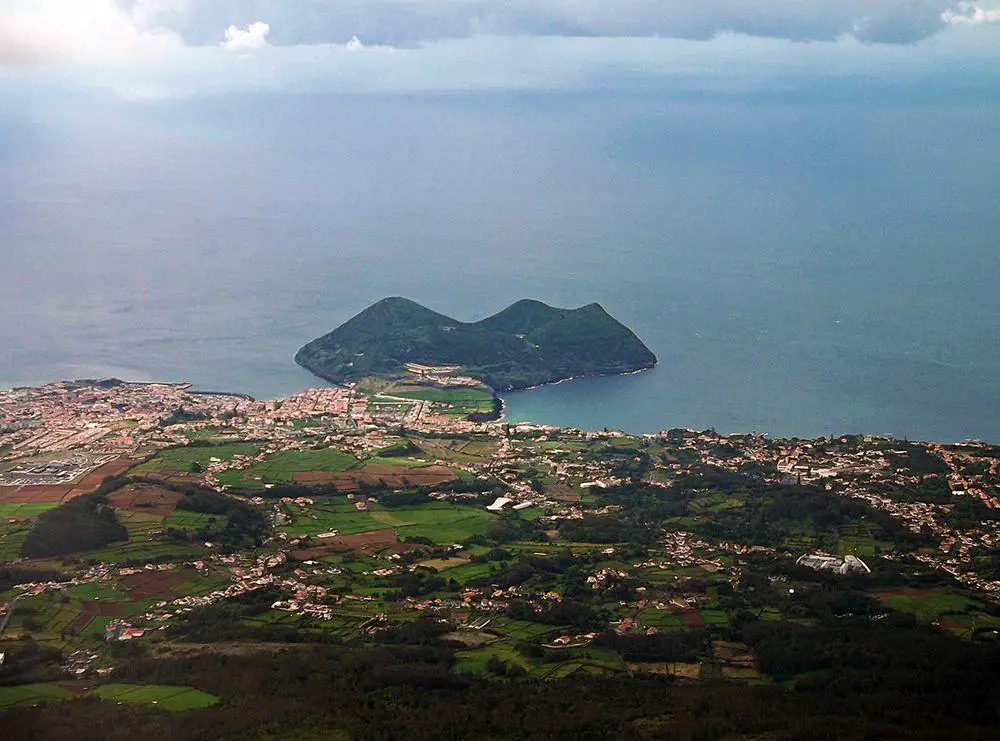
For several centuries Monte Brasil served as a fortress protecting the town from pirates. Construction of fortifications started in the late 16th century and, as time passed by, the mount was turned into state of art fortress with some 4 km long system of redoubts and several garrisons, as well as a system of roads and pathways to access different parts of the peninsula.
Cavities in the rocks
Near the passageway close to Pico of the Zimbreiro – westernmost peak of Mount Brasil in the cliffs are seen several rock-cut chambers facing the ocean.
Chambers are not large – they seem to be not suitable for habitation. But those who made them turned much attention to the water supply. In one chamber is a cistern. Another has a system for gathering and distributing the water to several cavities made on the ground. One cave – with a cistern in it – has a trapezoidal form and an arch-shaped niche in a wall.
Chambers are facing the Atlantic ocean.
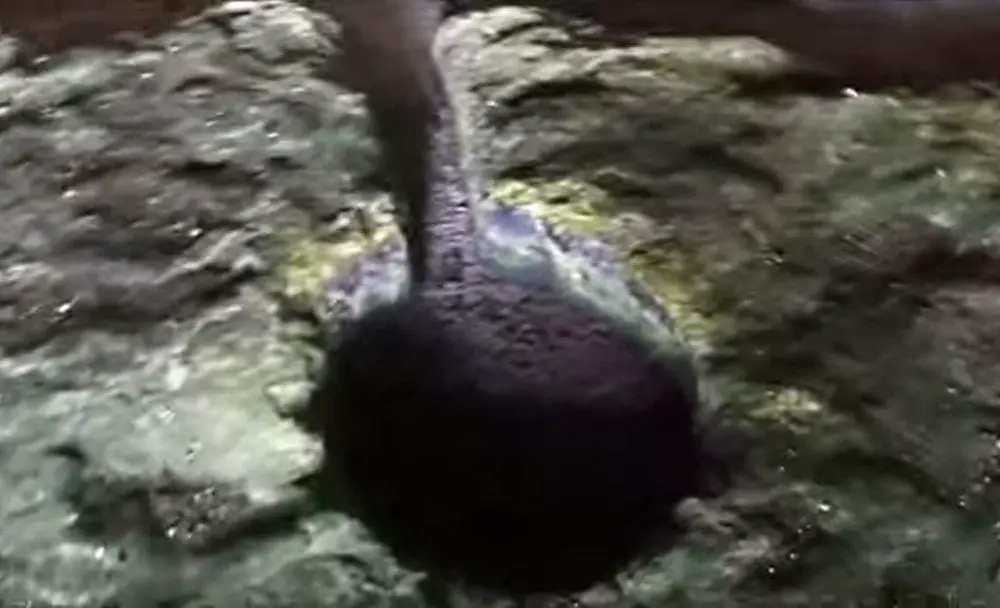
These are not the only such chambers – towards the east, near Monte de Facho is located another rock-cut chamber with a ceremonial tank, rock-cut "chairs", cistern, and post-holes which testify that a lighter structure was built here as well.
Similar structures have been found on Corvo and other Azorean islands.
Phoenicians from Carthage?
Researchers at Portuguese Association of Archeological Research (APIA) Nuno Ribeiro and Anabela Joaquinito consider that these chambers might be burial sites and shrines made by ancient Phoenicians from Carthage, possibly in the 4th century BC. These chambers could have served as shrines for goddess Tanit – the chief goddess of Carthaginians. Some chambers – hypogea – possibly were used as sites for burial. Niches served as shrines and holes and channels for water had ritual meaning.
Theoretically it is possible that Phoenicians reached the Azores – their seafarers managed to cover also bigger distances. Construction of such structures though could mean that these people actually lived in the Azores.
More obvious explanations?
Major part of scientific community dismisses arguments of Ribeiro and Joaquinito.
Some specialists consider that these structures served military purposes and were built in the 16th – 17th centuries. This might have some sense regarding the structures on Mount Brasil – but in some other places where such chambers were found, there are no fortifications.
Other specialists consider that these chambers were made for the needs of agriculture – e.g. to provide water for irrigation. Some chambers though are located in places where no agricultural activities have taken place.
References
- Antonieta Costa, Terceira Island as a “megalithic station”. Factual description of some archaeological materials. December 2012
 Linked articles
Linked articles
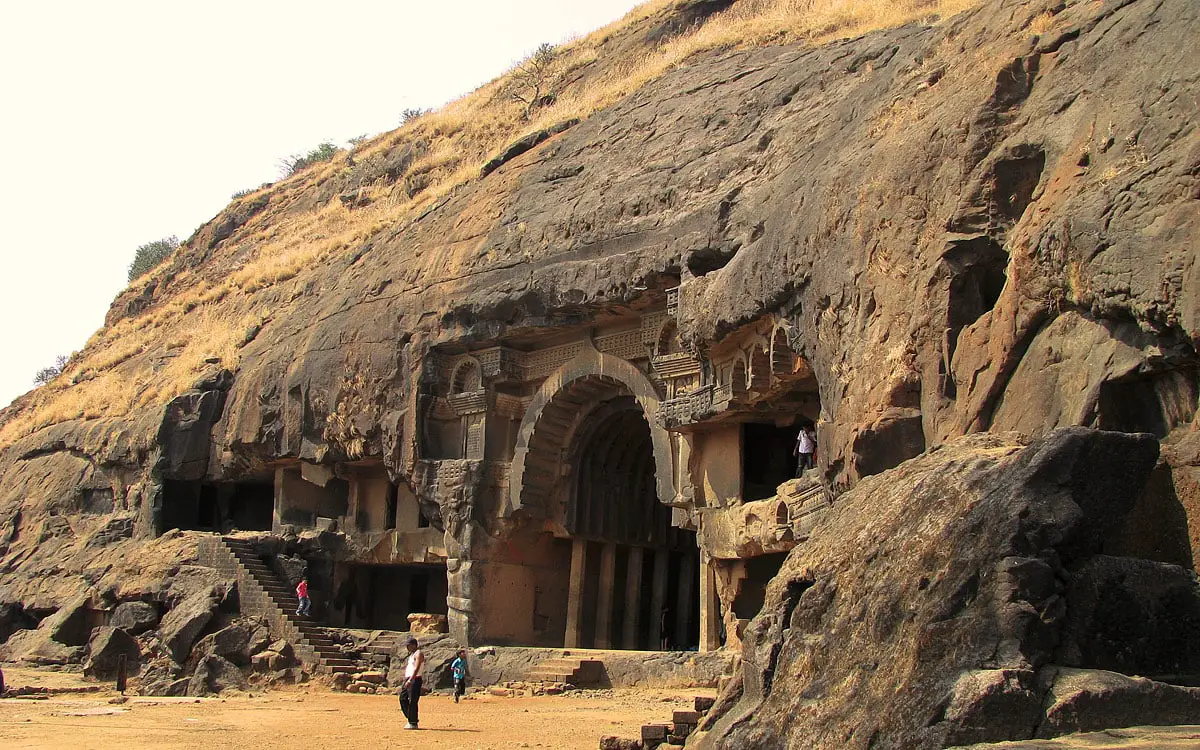
Rock-cut architecture and sculptures
Rock-cut architecture is a very ancient form of architecture – the oldest structures are more than 5 thousand years old. The resistivity of the natural stone and the constant climate inside these structures has preserved many art values around the world.

Wonders of Europe
The heritage of Europe is diverse and endlessly interesting. Incomparably rich is the wealth of European historical architecture, but this part of the world has exciting natural heritage and archaeological heritage as well.
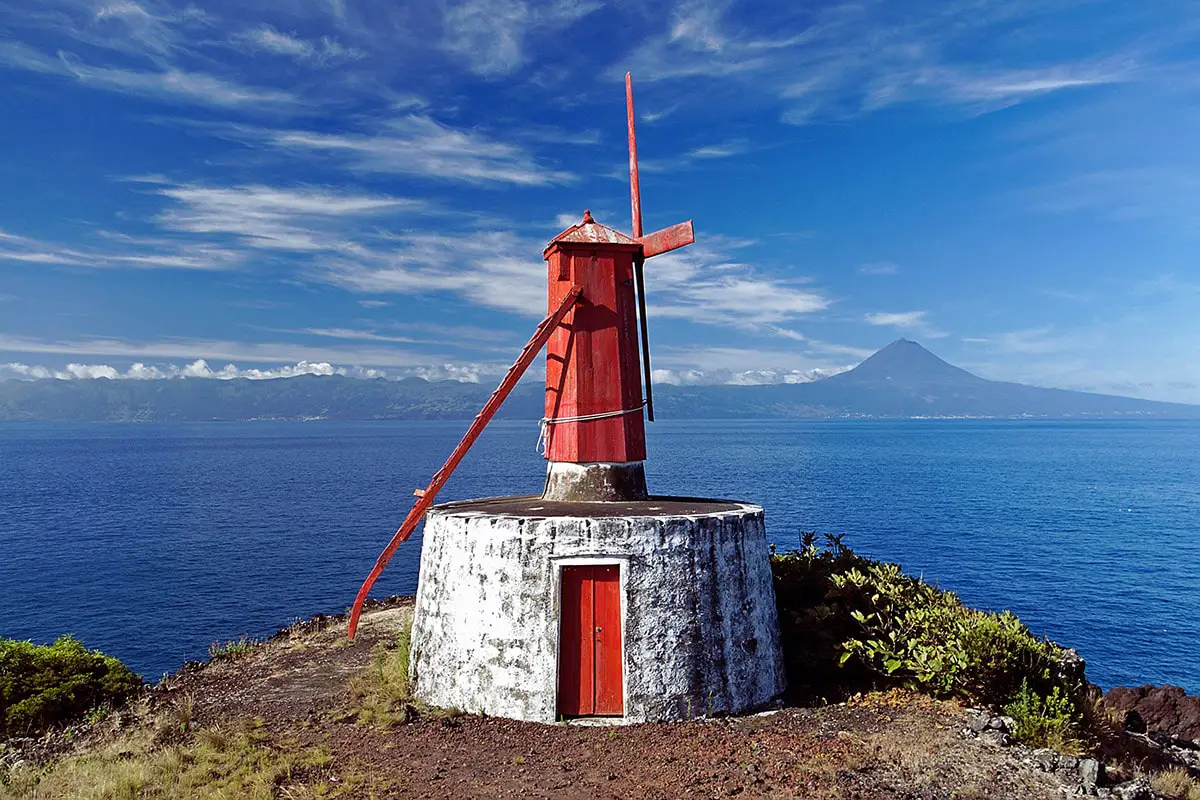
The westernmost part of Europe is not Ireland or continental Portugal. Westernmost are Azorean islands far, far to the west of mainland Europe.
Modern Europeans reached these islands in medieval times. There are multiple claims that islands were reached earlier.
There are also impressive natural landmarks, such as countless waterfalls over the cliffs in Flores island and geothermal fields as well as the beautiful landscape of volcanic craters with their deep calderas and lakes.
 Recommended books
Recommended books
The Islands Of Magic: Legends, Folk And Fairy Tales From The Azores
Some three-fourths of the distance between America and Europe there is a group of nine beautiful islands called the Azores which belong to Portugal. Their names are Flores, Corvo, Fayal, Pico, S. Jorge, Graciosa, Terceira, S. Miguel, and Santa Maria. Many people think them to be the mountain peaks of the submerged continent, Atlantis, which long ago was covered by the ocean.

